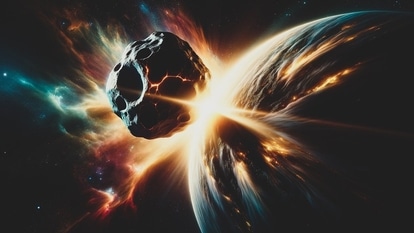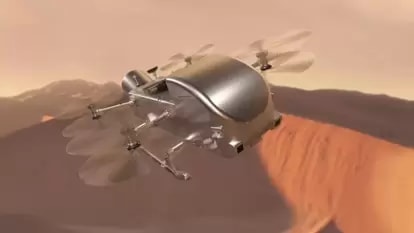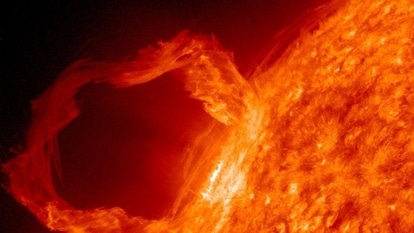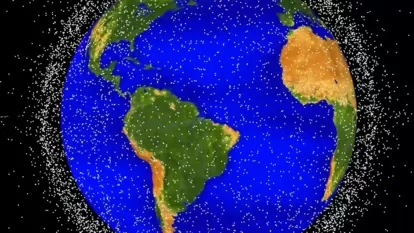Solar storm DANGER! NASA spots giant hole on Sun blasting solar winds towards Earth
Solar storm threat looms on the Earth as a massive coronal hole opens up on the Sun and spews fast-moving solar winds towards the Earth. NASA Solar Dynamics Observatory has detected the development.





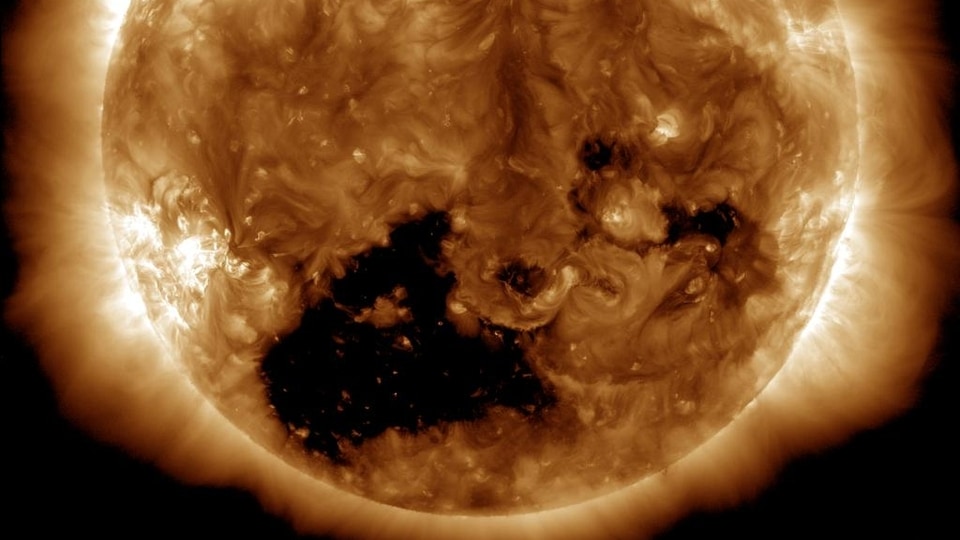
 View all Images
View all ImagesYesterday, March 20, it was reported that the Earth may suffer a glancing blow from an incoming coronal mass ejection (CME) today. While astronomers keep an eye out on its development, a far more concerning development has been spotted on the Sun. The NASA Solar Dynamics Observatory has detected a large hole in the Sun's atmosphere which is spewing a stream of solar winds. This solar wind is expected to reach our planet between March 23 and 24, and can cause another powerful solar storm event. Things can worsen if there is any incoming CME on that day as the resultant effect would be multiplied due to the effect of solar winds. Check details.
The development was reported by SpaceWeather.com which noted on its website, “A large hole has opened in the sun's atmosphere, and it is spewing a stream of solar wind toward Earth. This is a "coronal hole" -- a region in the sun's atmosphere where magnetic fields open up and allow solar wind to escape”.
Solar winds to strike the Earth soon
While solar winds hitting the Earth is a pretty common event, the timing for this one makes it concerning. As this wave of fast-moving solar winds is expected to hit just days after the vernal equinox, the Earth would be pretty vulnerable to it due to cracks forming on its magnetosphere. This will result in an overall powerful solar storm. This can worsen further in case any incoming CME collides with it. In that case, even a G2 or G3-class solar storm is not out of the question.
Such powerful solar storms usually showcase an intense aurora display. But don't be fooled by the light display as these can cause major harm to our infrastructure. These solar storms can potentially damage satellites, break down mobile networks and internet services, cause power grid failures and corrupt sensitive ground-based electronics.
The role of the NASA Solar Dynamics Observatory
The NASA Solar Dynamics Observatory (SDO) carries a full suite of instruments to observe the Sun and has been doing so since 2010. It uses three very crucial instruments to collect data from various solar activities. They include Helioseismic and Magnetic Imager (HMI) which takes high-resolution measurements of the longitudinal and vector magnetic field over the entire visible solar disk, Extreme Ultraviolet Variability Experiment (EVE) which measures the Sun's extreme ultraviolet irradiance and Atmospheric Imaging Assembly (AIA) which provides continuous full-disk observations of the solar chromosphere and corona in seven extreme ultraviolet (EUV) channels.
Catch all the Latest Tech News, Mobile News, Laptop News, Gaming news, Wearables News , How To News, also keep up with us on Whatsapp channel,Twitter, Facebook, Google News, and Instagram. For our latest videos, subscribe to our YouTube channel.



